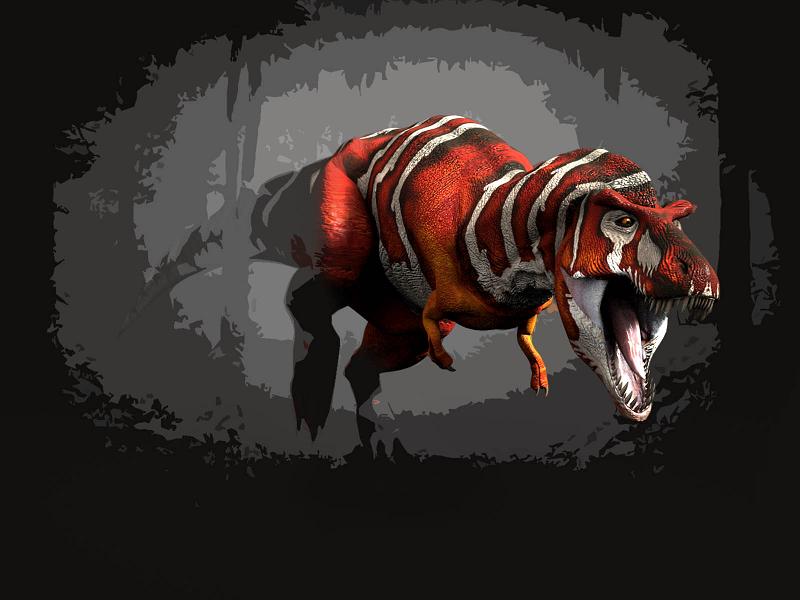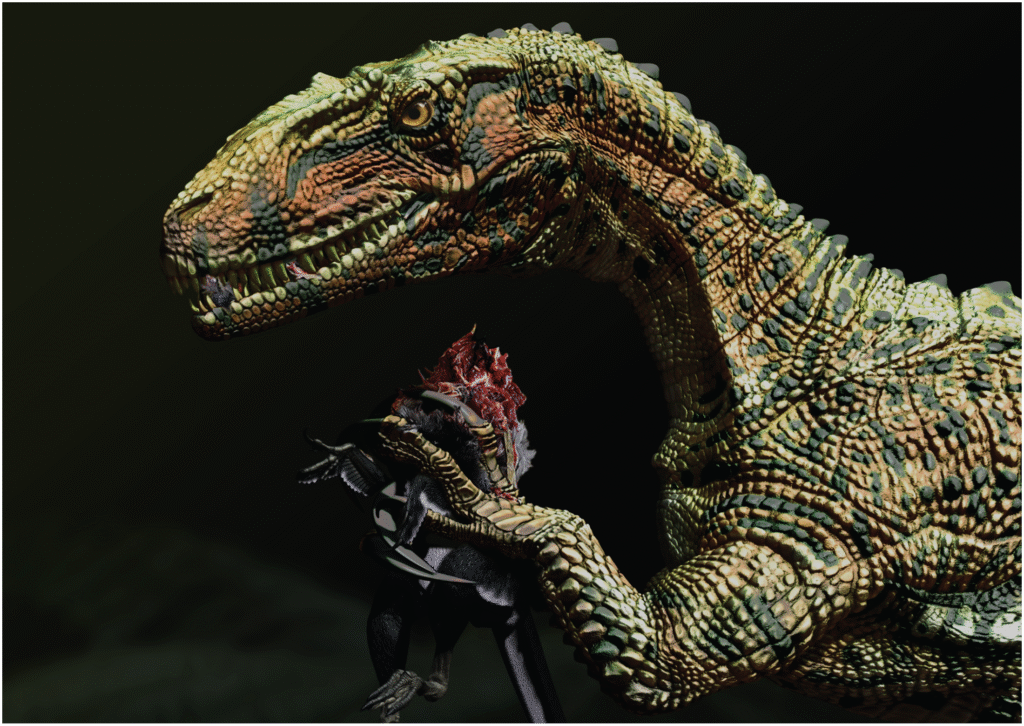Picture this: you’re walking through a prehistoric landscape and suddenly encounter a creature that looks like it stepped straight out of a Hollywood blockbuster. Its head is adorned with bizarre spikes and frills, its body covered in armor-like scales, and its limbs equipped with claws that could slice through steel. This isn’t science fiction – this is the reality of what many dinosaurs actually looked like millions of years ago. The truth is, nature had already perfected the art of creating monsters long before humans ever dreamed of aliens and robots.
The Ultimate Evolutionary Arms Race
Evolution doesn’t care about looking normal or conventional. When survival is on the line, nature gets creative in ways that would make the most imaginative sci-fi writers jealous. Dinosaurs lived during a time when the stakes were incredibly high – eat or be eaten, fight or flight, adapt or die.
The pressure to survive pushed these ancient creatures to develop features that seem almost too wild to be real. Think about it like this: if you had to design a creature to survive in a world full of massive predators and environmental challenges, wouldn’t you give it the most effective weapons and defenses possible? That’s exactly what evolution did, and the results were nothing short of spectacular.
Spikes, Horns, and Armor That Defy Imagination
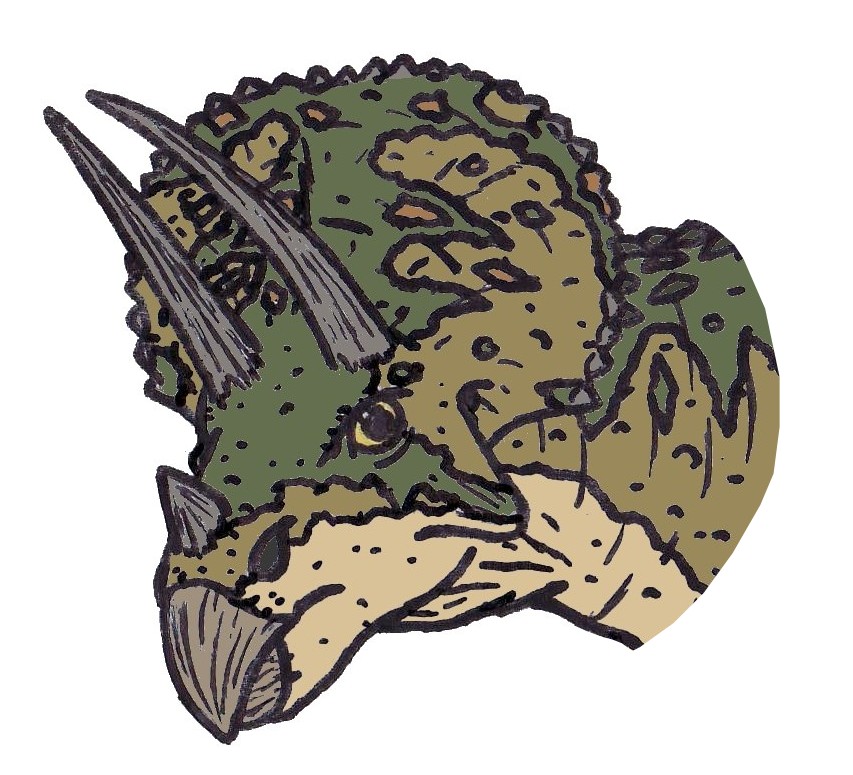
Triceratops might be the poster child for dinosaur defense systems, but it was just the beginning. These creatures sported three massive horns that could grow up to three feet long – imagine a rhinoceros horn, but three times as deadly. Their bony frills weren’t just for show either; they served as shields that could deflect attacks from the most fearsome predators.
But Triceratops was practically modest compared to some of its relatives. Styracosaurus took the spike game to an entirely new level, with a crown of horns that made it look like a living medieval weapon. These weren’t just decorative features – they were carefully engineered survival tools that had been perfected over millions of years.
The Walking Fortresses of the Mesozoic

If dinosaurs had a military, Ankylosaurus would have been the tank division. This incredible creature was essentially a living fortress, covered from head to tail in bony armor plating that could withstand attacks from even the largest predators. Its back was studded with spikes and knobs that made it look like something out of a fantasy war game.
The most impressive feature was its tail club – a massive, solid bone structure that could swing with devastating force. Scientists estimate that an Ankylosaurus could generate enough power with its tail to break the leg bones of a Tyrannosaurus rex. It’s like nature decided to create the ultimate defensive weapon and then wrapped it in impenetrable armor.
Claws That Put Movie Monsters to Shame
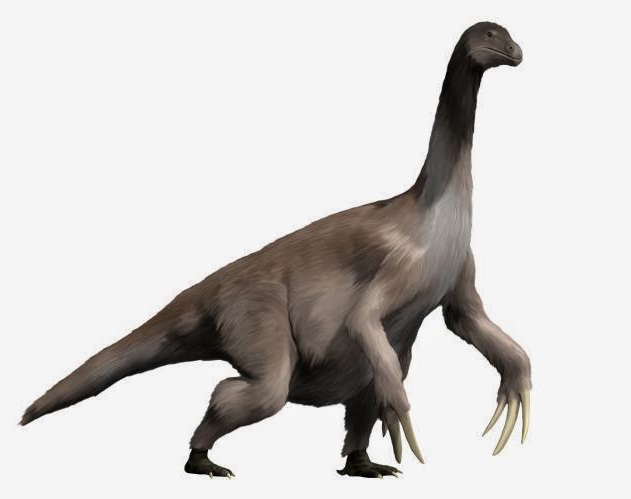
Hollywood loves to create creatures with terrifying claws, but they’ve got nothing on Therizinosaurus. This massive dinosaur had claws that stretched over three feet long – longer than a baseball bat and sharp enough to slice through almost anything. These weren’t just weapons either; they were sophisticated tools that helped the creature strip leaves from trees and defend itself against predators.
Deinonychus, despite being much smaller, had perhaps the most terrifying claw of all. Its sickle-shaped killing claw could rotate like a switchblade, allowing it to deliver precise, devastating attacks. This single claw was so effective that it changed how scientists understood dinosaur behavior and hunting strategies.
Heads That Look Like Alien Designs
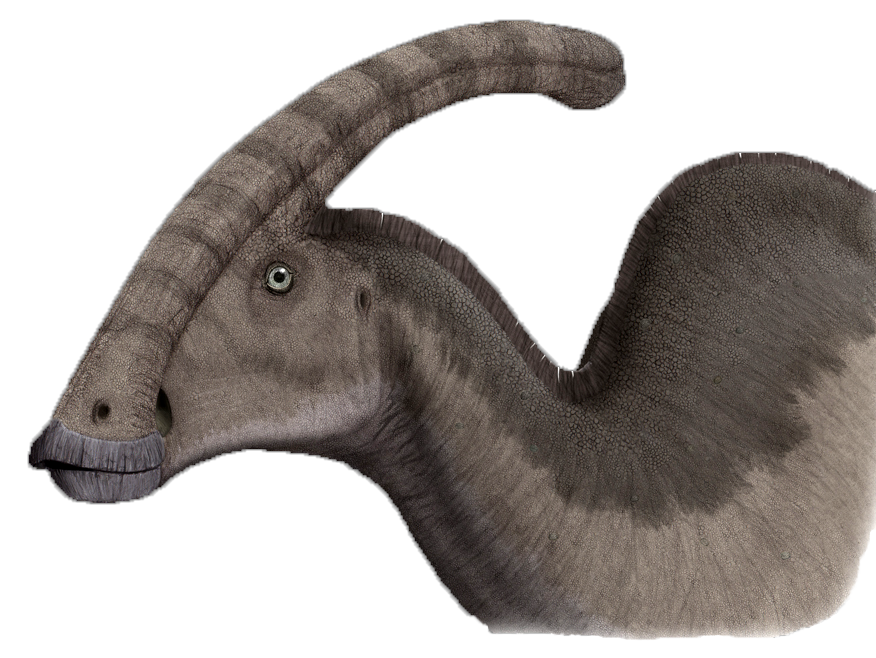
derivative work: Crisco 1492 (talk), CC BY 2.5, https://commons.wikimedia.org/w/index.php?curid=15793550)
Some dinosaurs developed head shapes that seem almost impossible to believe. Parasaurolophus had a long, curved crest that functioned like a living trumpet, allowing it to produce hauntingly beautiful sounds that could travel for miles. The hollow chambers inside created a natural resonance system that was more sophisticated than many modern musical instruments.
Lambeosaurus took this concept even further, with crests that looked like they belonged on an alien spacecraft. These weren’t just random growths – they were carefully engineered sound systems that helped these creatures communicate across vast distances. The variety of crest shapes meant that different species could produce unique calls, like having their own prehistoric radio frequencies.
The Real-Life Dragons of Ancient Earth
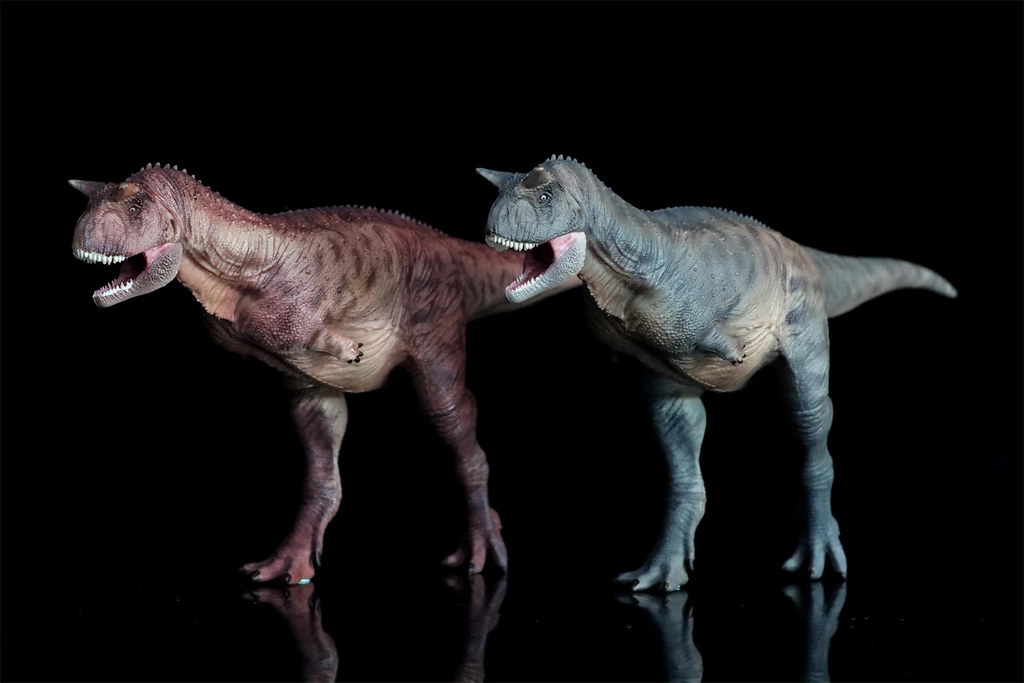
Long before humans invented dragons in mythology, nature had already created creatures that fit the description perfectly. Carnotaurus, whose name literally means “meat-eating bull,” had two prominent horns above its eyes that gave it a demonic appearance. Its skull was built for ramming, and its powerful legs could carry it at speeds that would make modern predators envious.
Yi qi, a small feathered dinosaur, had membranous wings stretched between elongated fingers – exactly like the traditional depiction of dragon wings. This creature could glide through ancient forests, appearing and disappearing like a living shadow. It’s remarkable how closely some dinosaurs resembled the mythical creatures that would later capture human imagination.
Bizarre Body Modifications That Seem Impossible
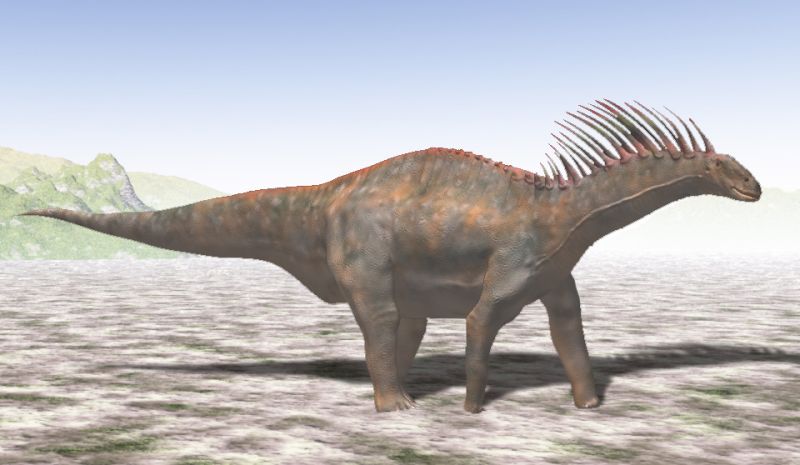
Some dinosaurs developed body features that are so strange they seem like they came from another planet. Amargasaurus had two parallel rows of tall spines running down its neck, possibly covered with skin to create sail-like structures. These weren’t just for show – they likely helped with temperature regulation and display purposes.
Carnotaurus had another shocking feature: its arms were so reduced that they were essentially useless stumps. Evolution had streamlined this predator to such an extreme degree that it sacrificed its arms entirely in favor of incredible speed and a devastating bite. It’s like nature decided to create the ultimate pursuit predator and removed everything that wasn’t absolutely necessary.
Colors and Patterns That Rival Science Fiction
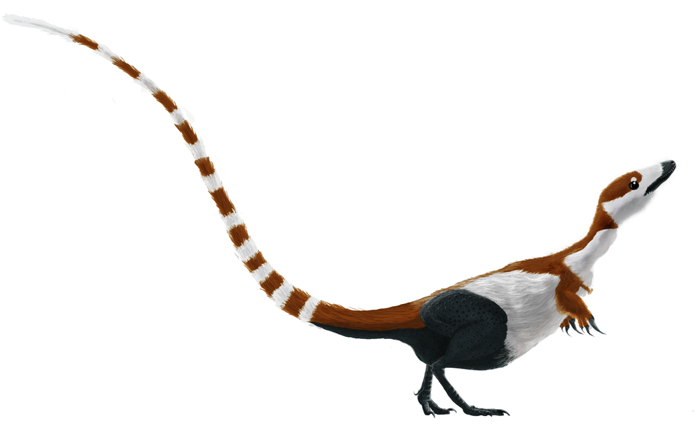
Recent scientific breakthroughs have revealed that many dinosaurs weren’t the dull gray or brown creatures we once imagined. Sinosauropteryx, one of the first dinosaurs found with preserved feathers, had reddish-brown coloring with distinctive stripes on its tail. This small predator looked more like a exotic bird than a terrifying monster.
Borealopelta, a heavily armored dinosaur, had a sophisticated camouflage pattern that would make military designers jealous. Its reddish-brown coloring was darker on top and lighter underneath, a pattern called countershading that helped it blend into its environment despite weighing as much as a car. Nature had perfected camouflage technology millions of years before humans even discovered it.
Size Extremes That Challenge Reality
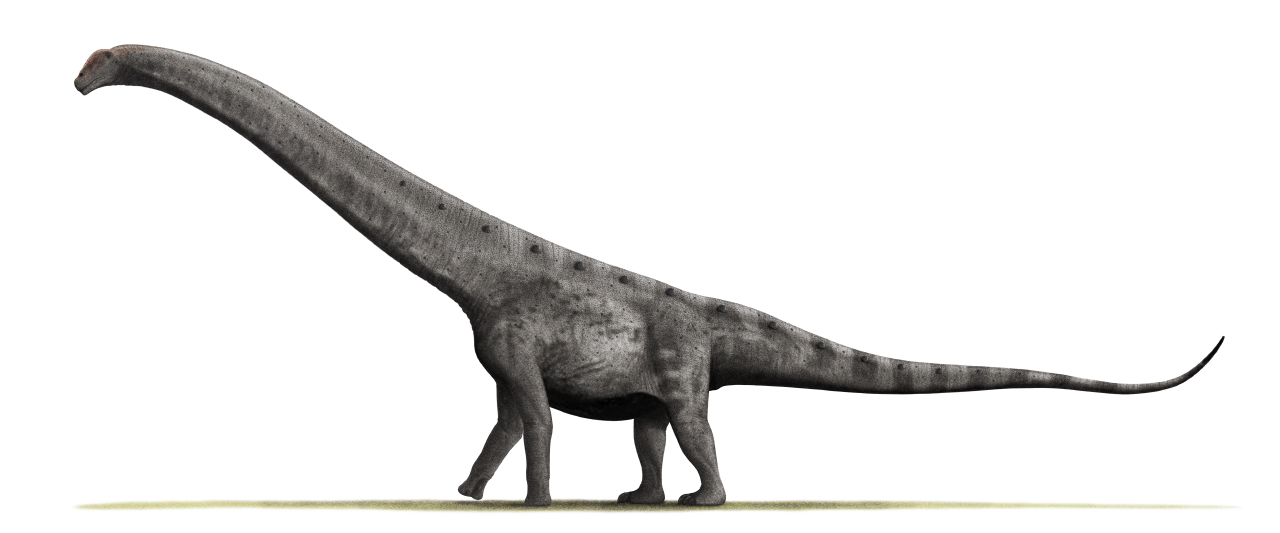
The sheer scale of some dinosaurs makes them seem like they belong in a science fiction movie about giants. Argentinosaurus stretched over 100 feet long and weighed as much as twelve elephants. Imagine encountering something that massive in the wild – it would be like meeting a living skyscraper that could move and think.
On the opposite end of the spectrum, Microraptor was barely larger than a crow but had four wings and could glide between trees like a feathered acrobat. This tiny dinosaur had iridescent black feathers that shimmered in the sunlight, making it look like a living jewel as it soared through prehistoric forests.
Hunting Strategies Straight from Horror Movies

The way some dinosaurs hunted their prey reads like the plot of a science fiction thriller. Utahraptor, standing nearly seven feet tall with massive sickle claws, likely hunted in coordinated packs. These intelligent predators could bring down prey many times their size through teamwork and strategic thinking.
Allosaurus had a hunting strategy that was both brutal and efficient. Its skull was built to withstand massive impacts, allowing it to literally headbutt its prey into submission before delivering the killing bite. The combination of speed, intelligence, and raw power made it a perfect killing machine that dominated its ecosystem for millions of years.
Communication Systems Beyond Our Imagination
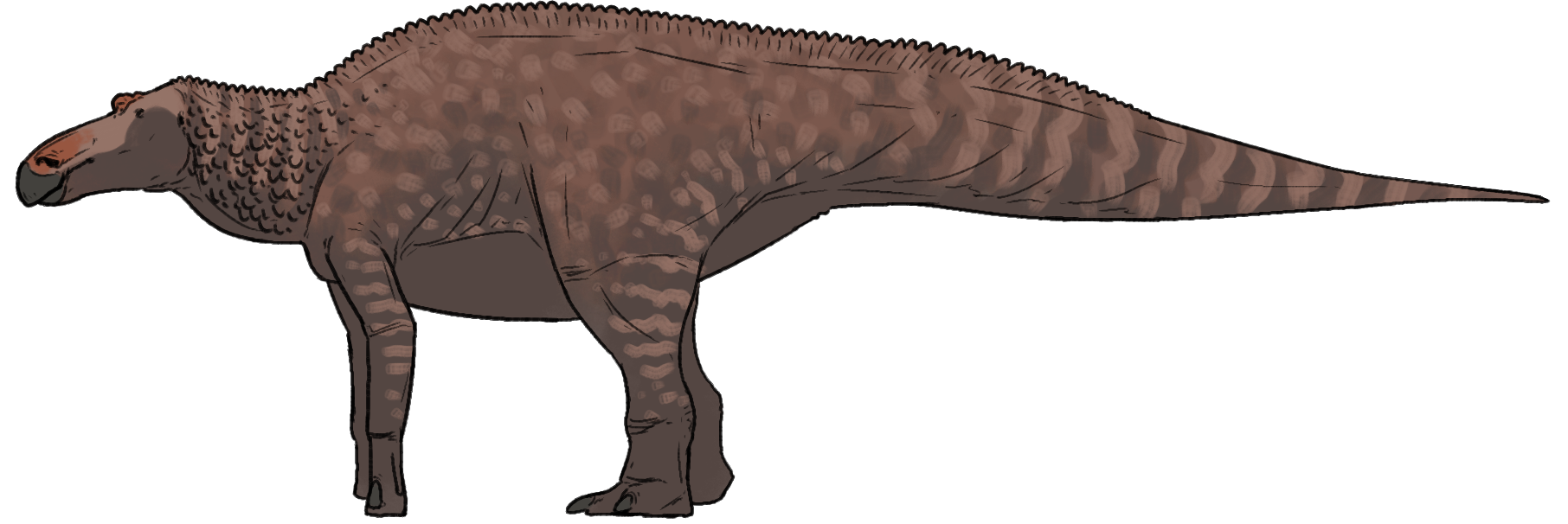
Many dinosaurs developed communication methods that seem almost alien to us. Edmontosaurus had specialized air sacs in its skull that could inflate like balloons, possibly creating visual displays that complemented their vocalizations. Picture a creature that could literally change the shape of its head to communicate different messages.
Some hadrosaurs could produce sounds at frequencies so low that humans couldn’t hear them, similar to how elephants communicate over long distances today. These prehistoric conversations could travel for miles, allowing herds to coordinate their movements across vast landscapes. It’s like they had their own biological internet system millions of years before we invented technology.
Survival Adaptations That Seem Engineered
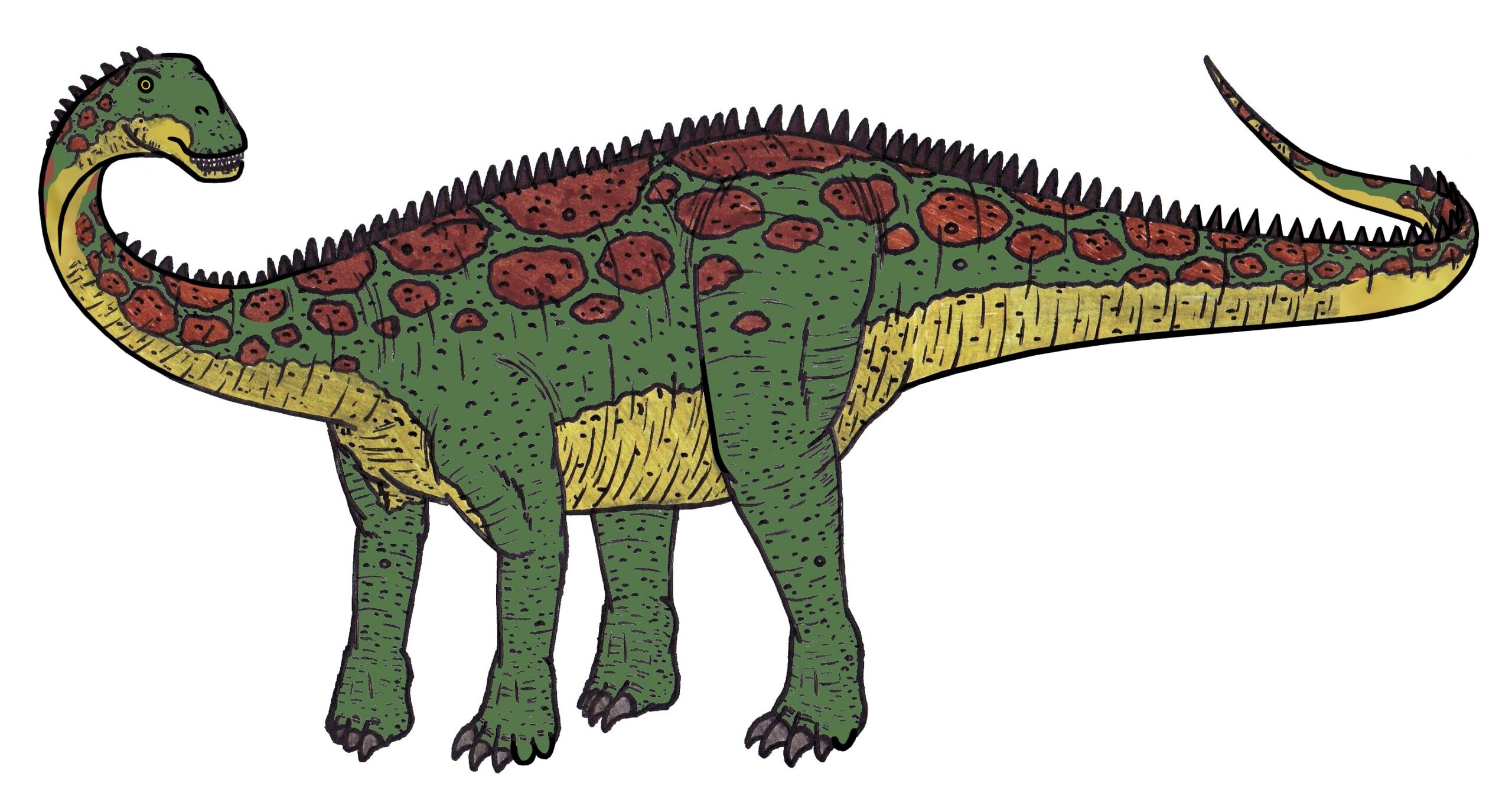
The level of specialization in dinosaur adaptations often seems too perfect to be natural. Nigersaurus had a mouth containing over 500 tiny teeth arranged in rows, creating what paleontologists describe as a “conveyor belt” feeding system. This bizarre arrangement allowed it to efficiently strip vegetation while constantly replacing worn teeth.
Giganotosaurus developed a brain structure that was specifically adapted for processing sensory information related to hunting large prey. Its skull housed sophisticated sensory organs that could detect vibrations, track movement, and coordinate complex attacks. It’s like evolution designed the perfect predator from the ground up.
The Ultimate Evolutionary Experiments
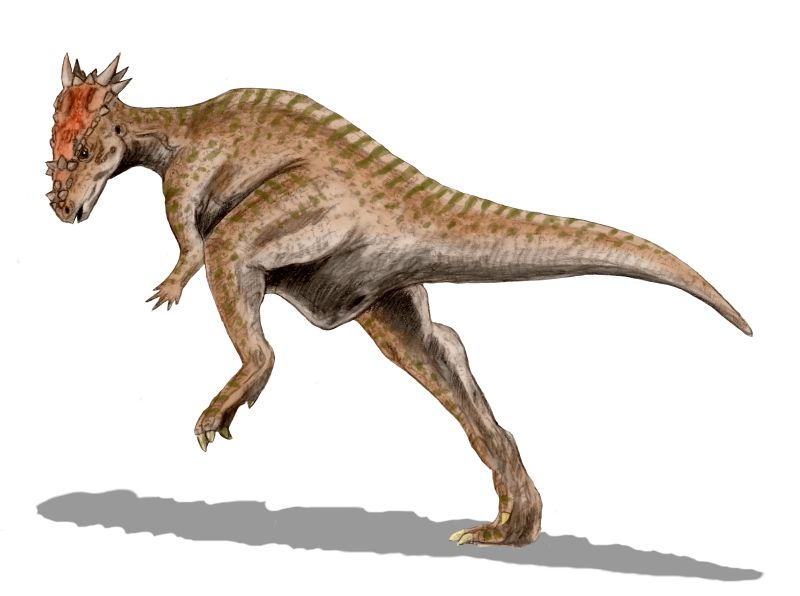
Perhaps the most sci-fi aspect of dinosaurs is how they represent evolution’s willingness to experiment with radical designs. Therizinosaurus combined the body of a massive predator with the diet of a gentle herbivore, creating a creature that defied easy categorization. Its enormous claws were used for stripping vegetation, not hunting prey.
Dracorex, whose full scientific name literally means “dragon king of Hogwarts,” had a skull covered in spikes and knobs that made it look like a creature from fantasy literature. The fact that scientists felt compelled to reference dragons and magic in its name shows just how otherworldly these creatures appeared.
Conclusion: Nature’s Original Science Fiction
The most remarkable thing about dinosaurs isn’t just that they existed, but that they pushed the boundaries of what we thought was possible in the natural world. These creatures developed features that seem so extreme, so perfectly adapted to their environments, that they challenge our understanding of evolution itself. They were living proof that nature is far more creative and bold than any science fiction writer could ever imagine.
Every new dinosaur discovery continues to reveal just how diverse and incredible these ancient creatures were. From their impossible sizes to their alien-like features, dinosaurs remind us that the real world has always been more fantastic than fiction. The next time you watch a sci-fi movie filled with bizarre creatures, remember that millions of years ago, our planet was home to animals that were even more extraordinary than anything Hollywood could create.
What other prehistoric secrets might be waiting to be discovered in the rocks beneath our feet?

